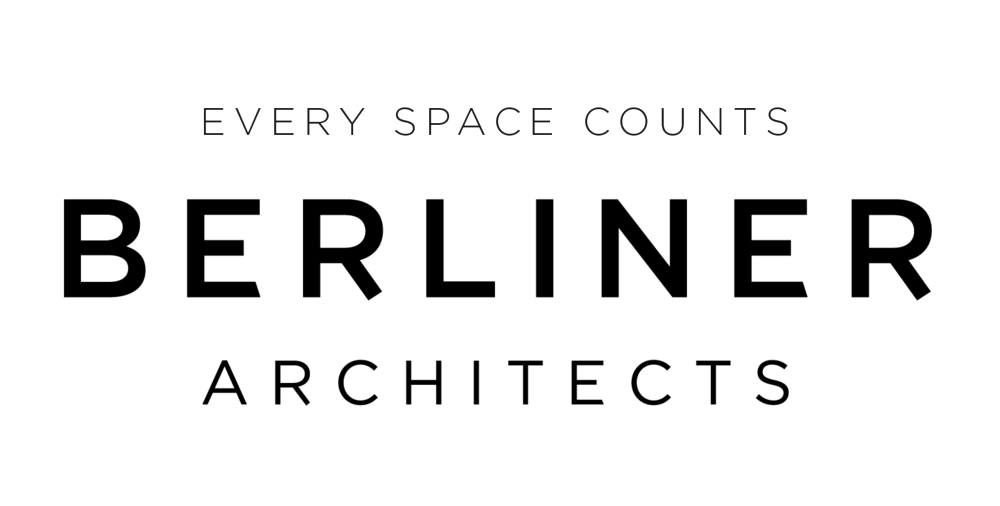Over the last 2 weeks, our team brainstormed ways that Santa Monica-Malibu Unified School District’s John Adams Middle School (JAMS) could modify their existing outdoor spaces into outdoor learning environments. Taking into consideration DSA approval, timeline, and budget, we came up with multiple ways the school could realistically create outdoor learning areas. Many of these ideas are applicable to any school campus with outdoor spaces. DSA recently published BU 20-01, a bulletin that provides so flex in permitting in response to the COVID-19 Pandemic - BU 20-01 can be found here!
JAMS is fortunate to have many outdoor areas that are suitable for classrooms. These spaces range from Courtyards, Fields, Parking Lots, Front Lawns, and Tennis Courts. We previously looked at many of these spaces during our campus assessment and had already proposed upgrading these areas into more usable space. However we needed to come up with different strategies to make them suitable for all-day instruction, ensuring they were shaded and individual seating/desk areas could be incorporated that allowed for adequate distance between students.
Structures
Different types of structures can be used to define classroom areas within larger outdoor spaces like fields or courtyards. Fencing and tents can be used temporarily while portable or prefabricated structures can be installed for a more permanent solution. These types of structures can provide shade and relief from wind while also creating a more focused classroom area. These structures would be easy to remove and return outdoor areas to their original purpose once students can safety return to the classroom. While flexible and customizable, these types of structures may not be approved by DSA for use on certain public school campuses.
DSA Approved Structures
If DSA or other agency approval is required, there are many options available that can still be customized with colors or added features such as writable walls. These structures, while less whimsical, provide the same benefits of sun protection with the added bonus of being easy to install as they’re already permitted. These structures are typically more permanent but could be thoughtfully placed for long term use.
Awnings and Shades
Awnings and shades can be added to buildings and existing structures to create more comfortable spaces. They can provide additional coverage to areas that are already sheltered from wind and partially shaded by trees and buildings. These shades could help extend the classroom with the added benefit of being close to building amenities. There are some pre approved DSA shades.
Furniture
Portable and configurable furniture is an easy way to make outdoor learning areas comfortable and safe. Portable desks could be used on the ground or with existing benches or seating to minimize shared surfaces while providing a writing surface for students. Lightweight stools and seat pads could be moved into different configurations for a variety of class needs. Curved benches could be placed around trees to take advantage of natural shade.
Class Arrangement & Seating Configurations
There are infinite ways to define classrooms with seating alone. Tables and chairs can be moved around to accommodate different class types. Markers can be applied to the ground to define personal space and ensure students are far enough from each other. Platforms can be added for teachers and hills can be used to create amphitheater style classes. Concrete sports courts or parking lots can be revitalized with sod patches to be more functional.
Hygiene & Personal Protection
When creating outdoor learning environments, we also need to think of the students personal hygiene, safety, and comfort. Handwashing stations should be included so that students do not need to enter the school to wash their hands frequently. If outside the entire school day, students will need to reapply sunscreen every few hours and there should be touchless sunscreen stations provided. Clothing can also be a powerful defense against the sun and help keep students from overheating. UV protective clothing or long sleeved, loose-fitting clothing can help keep students cool. Hats can provide coverage to faces and necks, and looser fitted masks could be more comfortable for long term wear.
Collectively these ideas created a “tool kit” of quick implementation strategies that are achievable on the JAMS campus before the anticipated 2021 return to school. These strategies could be applied at almost any school that has outdoor spaces, particularly in Southern California where the weather during the school year is mostly comfortable. See our full package here. And please reach out to us if you have any questions regarding using the outdoor spaces on your campus for learning.









